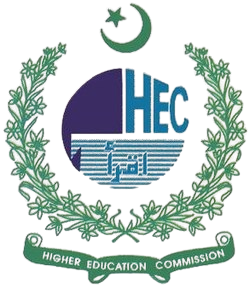Is Technology Gendered? A Linguistic Analysis of Gender Representation in Artificial Intelligence (AI) Virtual Agents and Chatbot Responses
DOI:
https://doi.org/10.63878/jalt1236Keywords:
Gender bias, Artificial intelligence, Language and power, Technological DiscourseAbstract
This study examines gender representation in artificial intelligence (AI) virtual agents specifically ChatGPT and Alexa through the lens of Feminist Critical Discourse Analysis (FCDA). Analyzing the first unprompted responses from both systems across key thematic domains such as science, politics, education, and caregiving, this research uncovered persistent gender biases embedded within AI-generated language. The key findings of the study reveal that male figures are more commonly described in leadership, innovation, and high agency roles, while female figures are largely underrepresented in such individualistic and autonomous roles. The analysis indicated that female figures are framed in terms of nurturing, emotional, and supportive roles. The findings suggest that linguistic choices further reinforce traditional gender binaries where men are considered demonstrative with action-oriented language and women are associated with relational or affective language. Notably even gender-neutral prompts elicited biased gender stereotyped responses. The findings of this study underscore the crucial need for ethical linguistic frameworks/approaches in AI development that actively resist structural gender inequality and foster more equally inclusive digital communication
Downloads
Published
Issue
Section
License
Copyright (c) 2025 Journal of Applied Linguistics and TESOL (JALT)

This work is licensed under a Creative Commons Attribution-NonCommercial-NoDerivatives 4.0 International License.


